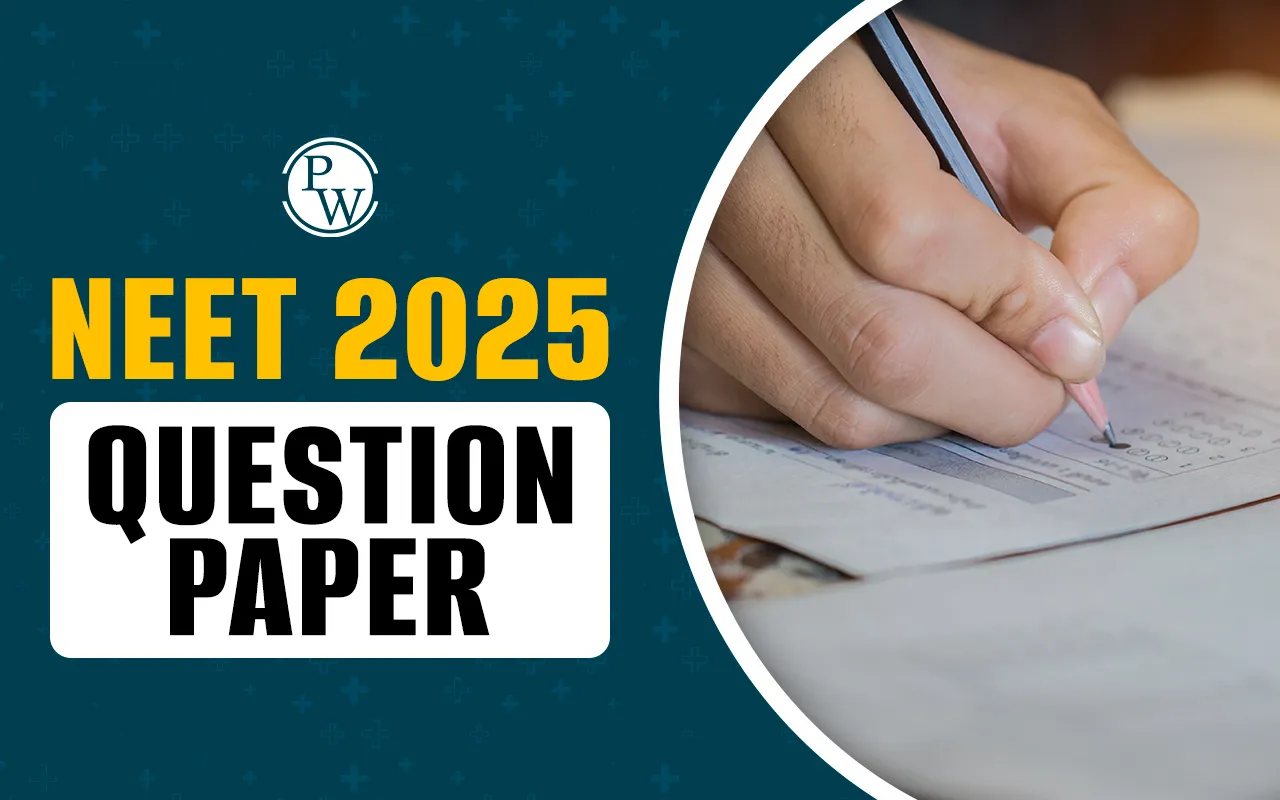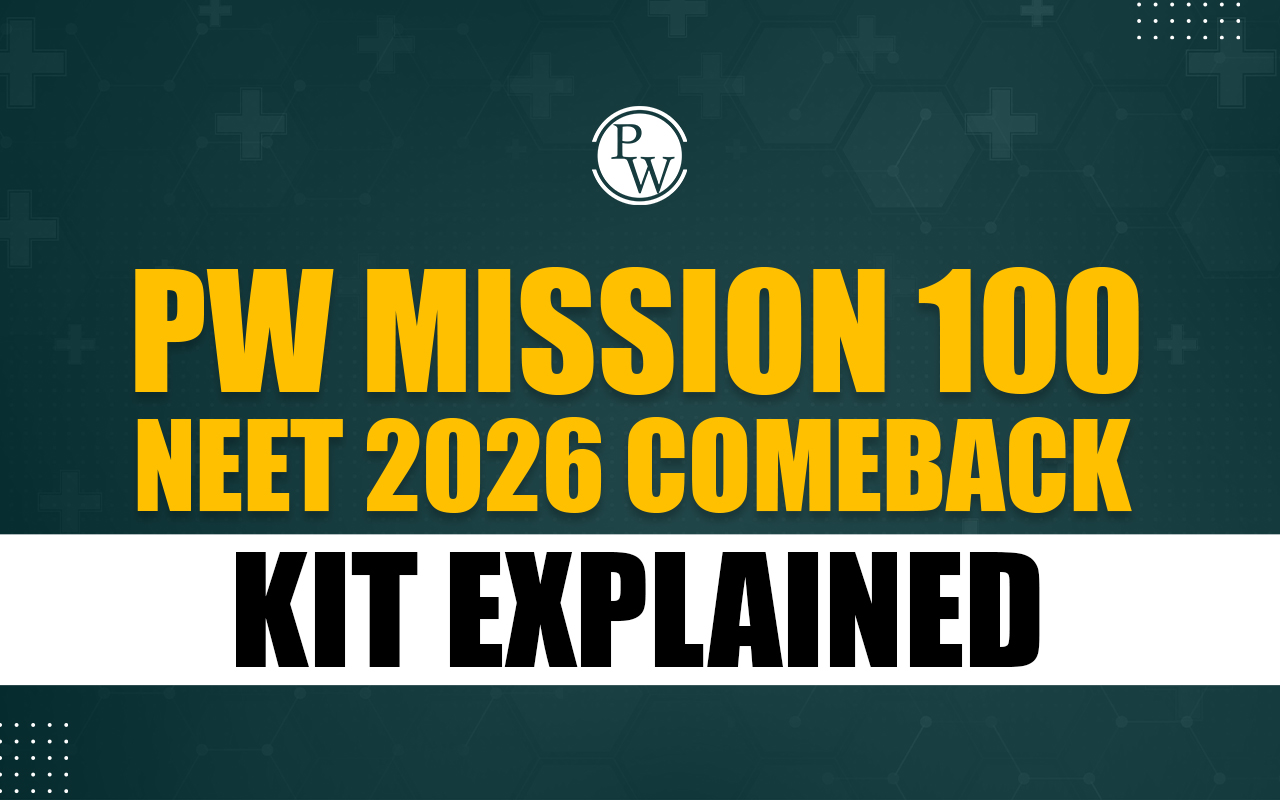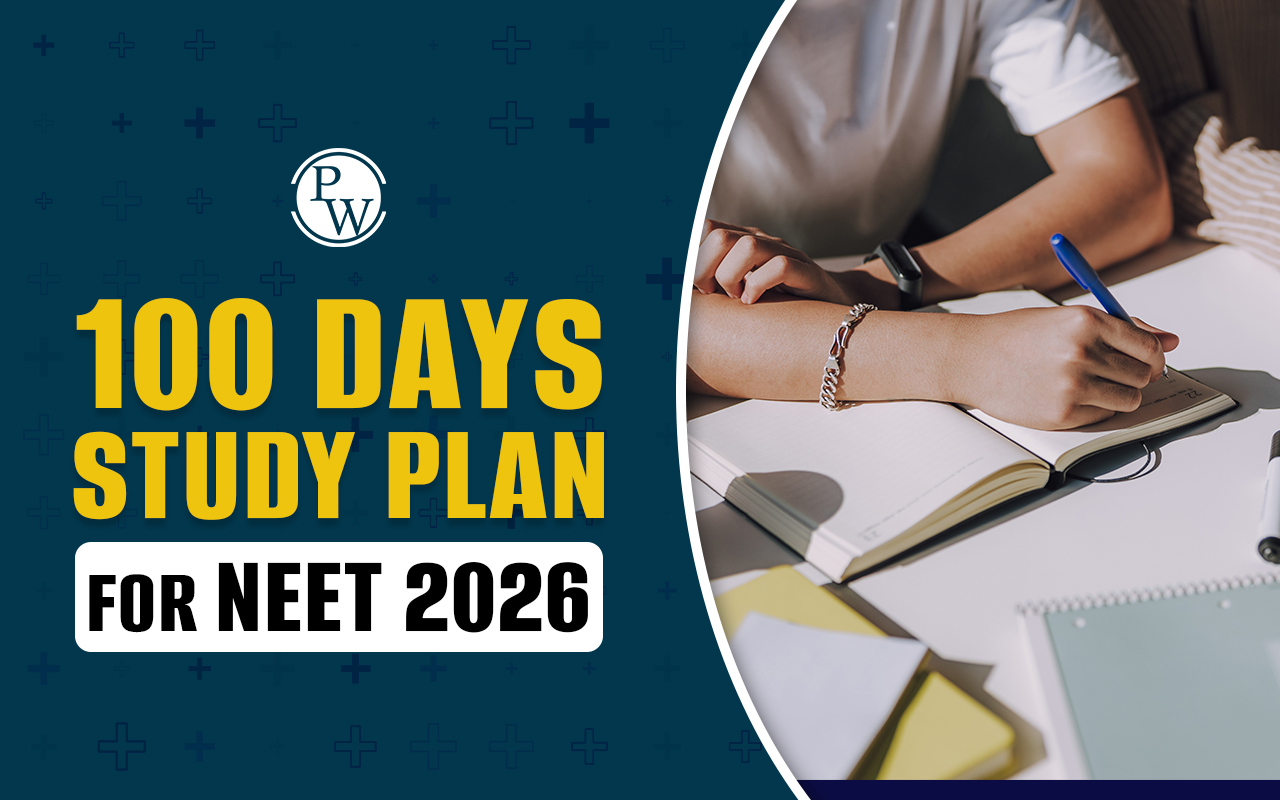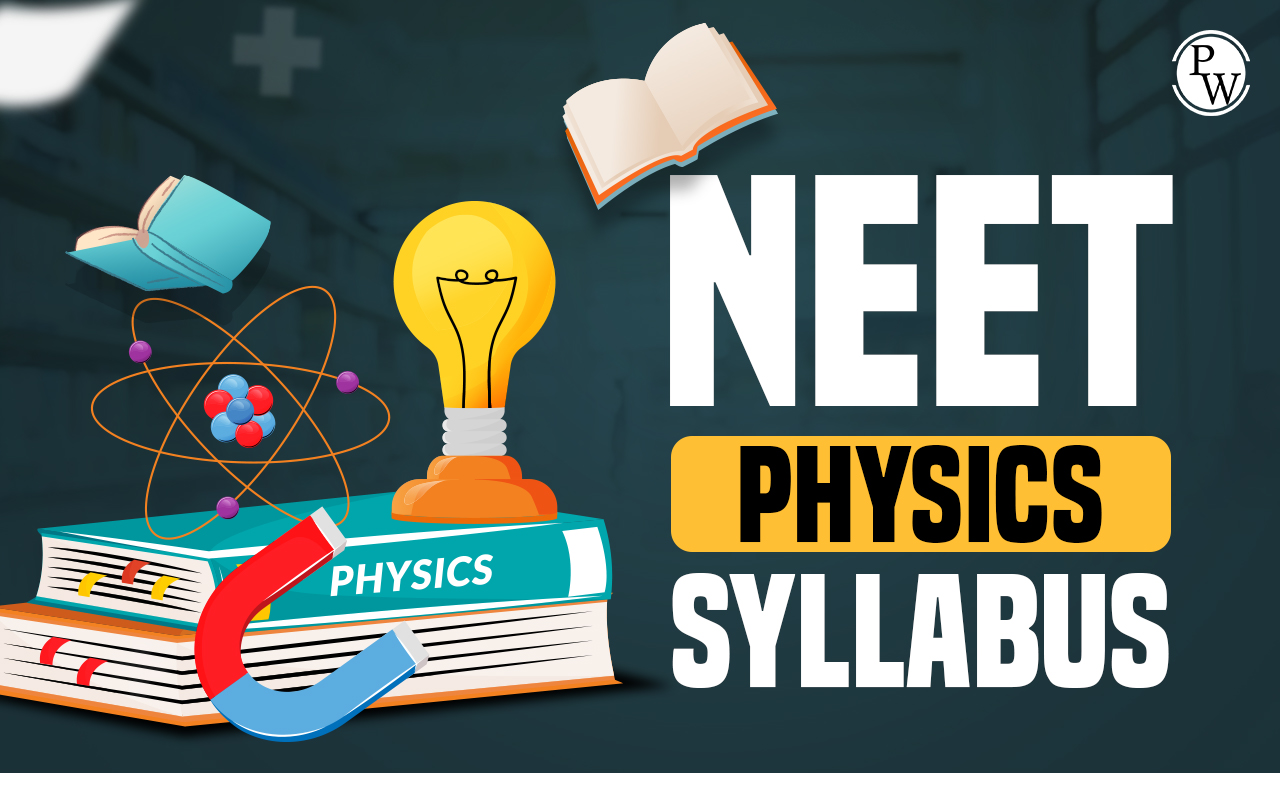
Breathing and Exchange of Gases MCQs: Breathing and Exchange of Gases is an important part of Class 11 Biology Syllabus and is asked in the NEET exam. This chapter explains how we breathe and how gases like oxygen and carbon dioxide are exchanged in the body. It is a part of human physiology and carries about 4% weightage in the NEET exam.
This topic may look easy, but it has many small and tricky concepts. That is why solving Breathing and Exchange of Gases MCQs regularly helps students understand it better and remember it for the exam. Practicing these MCQs will also improve your speed and help in learning key ideas like partial pressure, oxygen transport, and lung volumes.
Explore - NEET Online Courses
Breathing and Exchange of Gases MCQs Overview
Breathing and Exchange of Gases explains how living organisms, especially humans, take in oxygen and remove carbon dioxide through the process of breathing. It focuses on the human respiratory system and covers the structure and function of organs involved in respiration. It also explains how breathing occurs, how gases are exchanged in the lungs and tissues, and how these gases are transported in the blood. Along with this, the chapter discusses how breathing is regulated by the brain, the different lung volumes and capacities, and common respiratory disorders like asthma and emphysema. To study this chapter in detail, students can refer to Breathing and Exchange of Gases NEET notes that cover all important points in a simple and clear way.
Download Last 5 Years NEET Previous Year Question Papers PDF
Free NEET PYQ PDF
Breathing and Exchange of Gases MCQs with Explanation
The following MCQs are designed to test your knowledge of the various aspects of breathing and gas exchange. Each question comes with an answer and explanation to help you improve your understanding of the topic.
Q1. Which of the following factors favours the formation of oxyhaemoglobin in alveoli?
A. pO₂ ↓, pCO₂ ↑, H⁺ ↑, Temperature ↑
B. pO₂ ↑, pCO₂ ↑, H⁺ ↓, Temperature ↑
C. pO₂ ↑, pCO₂ ↓, H⁺ ↓, Temperature ↓
D. pO₂ ↓, pCO₂ ↑, pH ↑, Temperature ↓
Answer: C
Explanation: In alveoli, high pO₂, low pCO₂, low H⁺ ion concentration, and low temperature support the formation of oxyhaemoglobin. These conditions increase oxygen binding with haemoglobin and improve gas exchange.
Q2. Which of the following equations is correct?
A. CO₂ ⟶ H₂CO₃ ⟶ HCO₃⁻ + H⁺
B. CO₂ + H₂O → Carbonic anhydrase → H₂CO₃ → HCO₃⁻ + H⁺
C. CO₂ + H₂O ⟶ CH₄ + 2O₂
D. CO₂ + H₂O ⟶ CO + H₂O₂
Answer: B
Explanation: Carbon dioxide combines with water in the presence of carbonic anhydrase to form carbonic acid. Carbonic acid then breaks into bicarbonate and hydrogen ions inside red blood cells.
Q3. Receptors in aortic arch and carotid artery detect changes in:
A. O₂ and H⁺ concentration
B. CO₂ and H⁺ concentration
C. O₂ concentration and pH
D. O₂ concentration and temperature
Answer: B
Explanation: Chemoreceptors in the aortic arch and carotid artery sense changes in CO₂ and H⁺ levels. This helps regulate the rate and depth of breathing to maintain homeostasis.
Q4. Functional residual capacity (FRC) includes:
A. ERV + RV
B. Only RV
C. TV + ERV
D. VC + RV
Answer: A
Explanation: FRC is the amount of air remaining in the lungs after a normal exhalation. It includes the expiratory reserve volume and the residual volume.
Q5. In atmospheric air compared to alveolar air:
A. pO₂ higher and pCO₂ lower
B. Both pO₂ and pCO₂ are higher
C. Both pO₂ and pCO₂ are lower
D. pO₂ lower and pCO₂ higher
Answer: A
Explanation: Atmospheric air contains more oxygen and less carbon dioxide than alveolar air. This difference allows oxygen to diffuse into blood and carbon dioxide to diffuse out.
Q6. Given below is a list of different steps involved in respiration.
I. Utilisation of O_2 by the cells for catabolic reactions.
II. Transport of gases by the blood.
III. Pulmonary ventilation by which atmospheric air is drawn in and CO_2 is released out.
IV. Release of resultant CO_2.
V. Diffusion of O_2 and CO_2 between blood and tissues.
VI . Diffusion of gases (O_2 ┤ and ├ CO_2 ) across alveolar tissues.
Select an option that has correct sequence of all the steps:
A. III → VI → II → V → I → IV
B. III → VI → I → V → II → IV
C. VI → II → V → III → I → IV
D. IV → VI → II → V → I → II
Answer: A
Explanation: The correct sequence involves air intake, oxygen reaching alveoli, oxygen transport to tissues, its use in cells, and carbon dioxide transport from tissues to alveoli. This is the basic respiratory process.
Q7. In the diagram, which part is the endothelium of blood vessels?
A. I
B. II
C. III
D. IV
Answer: B
Explanation: The endothelium refers to the inner lining of the blood capillaries where gas exchange occurs. It allows diffusion of oxygen and carbon dioxide between blood and alveolar air.
Q8. Trachea divides into bronchi at which vertebra level?
A. 4th thoracic vertebra
B. 5th thoracic vertebra
C. 7th thoracic vertebra
D. 3rd thoracic vertebra
Answer: B
Explanation: The trachea ends at the level of the 5th thoracic vertebra and splits into right and left primary bronchi. This marks the beginning of the bronchial passageways leading to lungs.
Q9. Respiration through skin is called:
A. Branchial respiration
B. Cutaneous respiration
C. Pulmonary respiration
D. Tracheal respiration
Answer: B
Explanation: Cutaneous respiration is the process where gas exchange occurs through the skin. It is common in animals like frogs and requires moist skin for efficiency.
Q10 Refer to the given diagram.

Choose the correct answer from the options that represent the correct state of the diaphragm and the volume of the thorax.
A. The volume of the thorax increases and the diaphragm will be in a contracted state.
B. The volume of the thorax increases and the diaphragm will be in a relaxed state.
C. The volume of the thorax decreases and the diaphragm will be in a relaxed state.
D. The volume of the thorax decreases and the diaphragm will be in a contracted state.
Answer: A
Explanation: During inhalation, the diaphragm contracts and flattens. This increases the volume of the thoracic cavity and allows air to enter the lungs.
Q11.Given below are two statements: one is labelled as Assertion A and the other is labelled as Reason R:
Assertion A: An epiglottis can cover the glottis during swallowing.
Reason R: The covering prevents the entry of food into the pharynx.
In the light of the above statements, choose the correct answer from the options given below:
A. A is true, R is false
B. A is false, R is true
C. Both A and R are true, R explains A
D. Both A and R are true, but R does not explain A
Answer: A
Explanation: The epiglottis prevents food from entering the windpipe by covering the glottis, not the pharynx. The reason is incorrect while the assertion is correct.
Q12. Given below are two statements: one is labelled as Assertion A and the other is labelled as Reason R:
Assertion A: The part starting with the external nostrils up to the terminal bronchioles constitutes the conducting part.
Reason R: The conducting part transports the atmospheric air to the tissues.
In the light of the above statements, choose the correct answer from the options given below:
A. A is true, R is false
B. A is false, R is true
C. Both A and R are true, R explains A
D. Both A and R are true, but R does not explain A
Answer: A
Explanation: The conducting part of the respiratory system carries air up to the bronchioles. It does not transport air directly to tissues as that is done through blood.
Q13. Given below are two statements: one is labelled as Assertion A and the other is labelled as Reason R:
Assertion A: CO_2 bound to haemoglobin in the tissues is released at the alveoli.
Reason R: CO_2 trapped as bicarbonate at the tissue level and transported to the alveoli is released as CO_2.
In the light of the above statements, choose the correct answer from the options given below:
A. A is true, R is false
B. A is false, R is true
C. Both A and R are true, R explains A
D. Both A and R are true, but R does not explain A
Answer: C
Explanation: Carbon dioxide carried by haemoglobin and as bicarbonate is released in alveoli. This allows exhalation of CO₂, and the reason explains the assertion.
Q14. Given below are two statements: one is labelled as Assertion A and the other is labelled as Reason R:
Assertion A: The pneumotaxic centre can moderate the functions of the respiratory rhythm centre.
Reason R: Neural signals from this centre can reduce the duration of inspiration.
In the light of the above statements, choose the correct answer from the options given below:
A. A is true, R is false
B. A is false, R is true
C. Both A and R are true, R explains A
D. Both A and R are true, but R does not explain A
Answer: C
Explanation: The pneumotaxic centre in the pons regulates the rhythm by limiting inspiration. This ensures that breathing remains smooth and coordinated.
Q15. Given below are two statements: one is labelled as Assertion A and the other is labelled as Reason R:
Assertion: During the process of respiration, oxygen is utilised by organisms.
Reason: It helps to break down nutrients and derive energy.
In the light of the above statements, choose the correct answer from the options given below:
A. A is true, R is false
B. A is false, R is true
C. Both A and R are true, R explains A
D. Both A and R are true, but R does not explain A
Answer: C
Explanation: Oxygen is essential for aerobic respiration where food is broken down to produce energy. The reason correctly explains the need for oxygen.
Breathing And Exchange Of Gases MCQs FAQs
What is the process of breathing and gas exchange?
What is a breath test called?
What is the normal range for a breathing test?
What are the 4 stages of gas exchange?
What is the breathing and gas exchange test?










